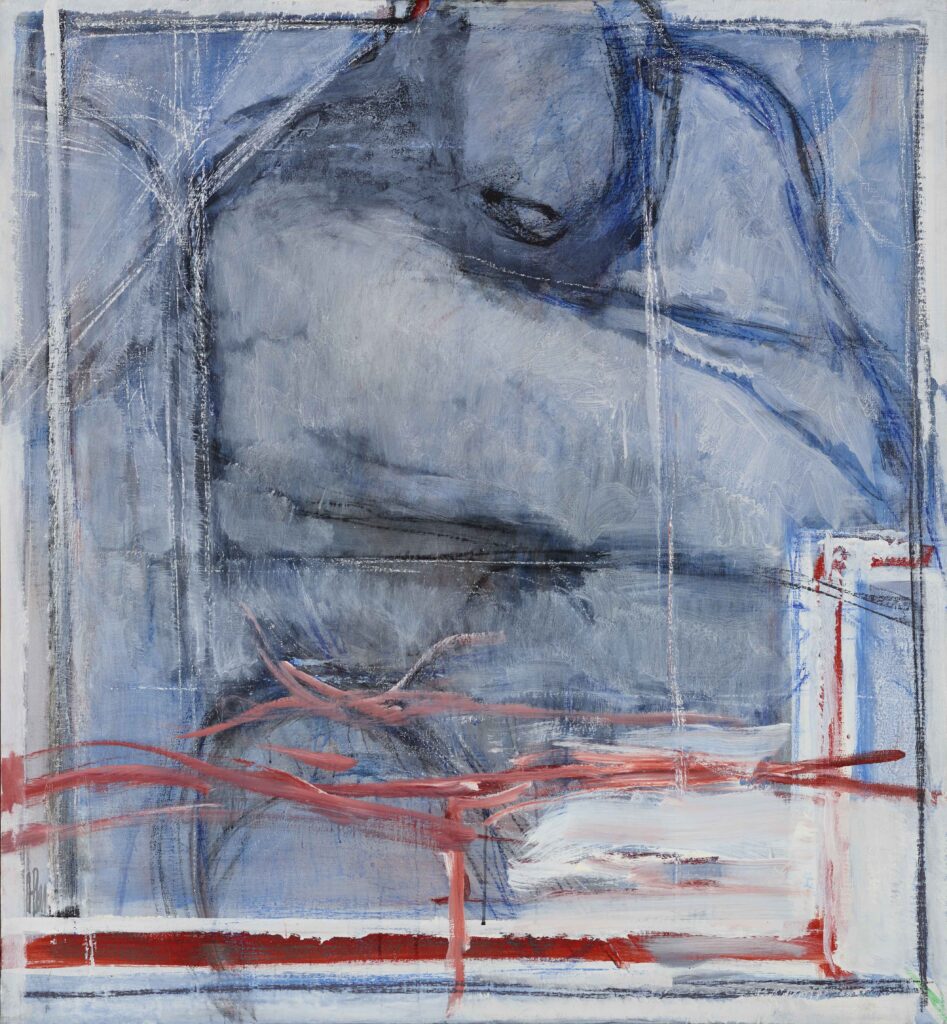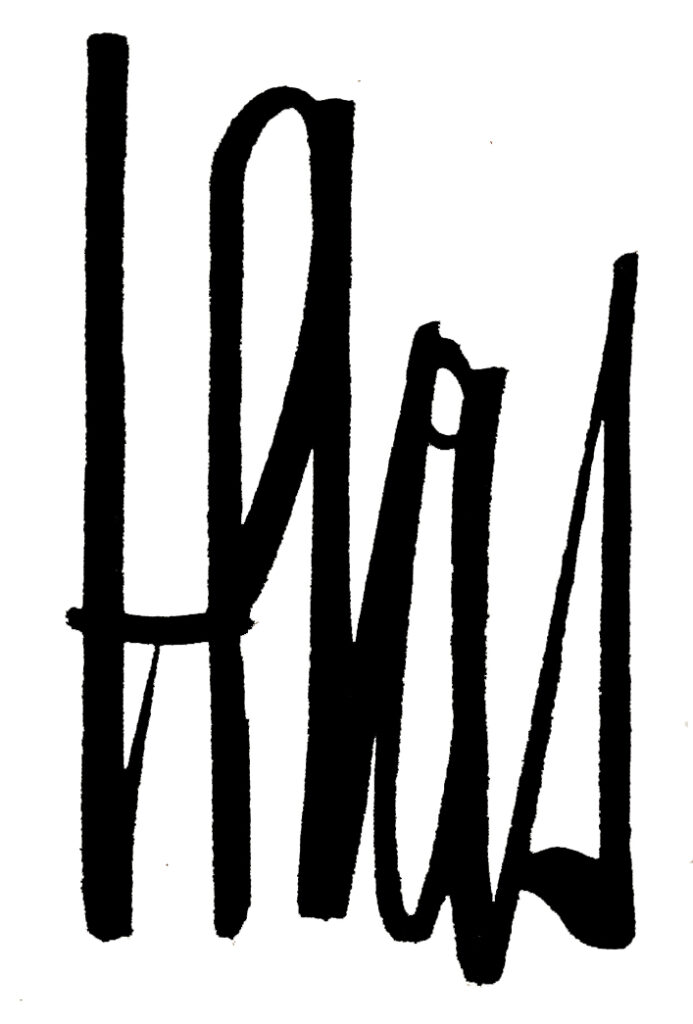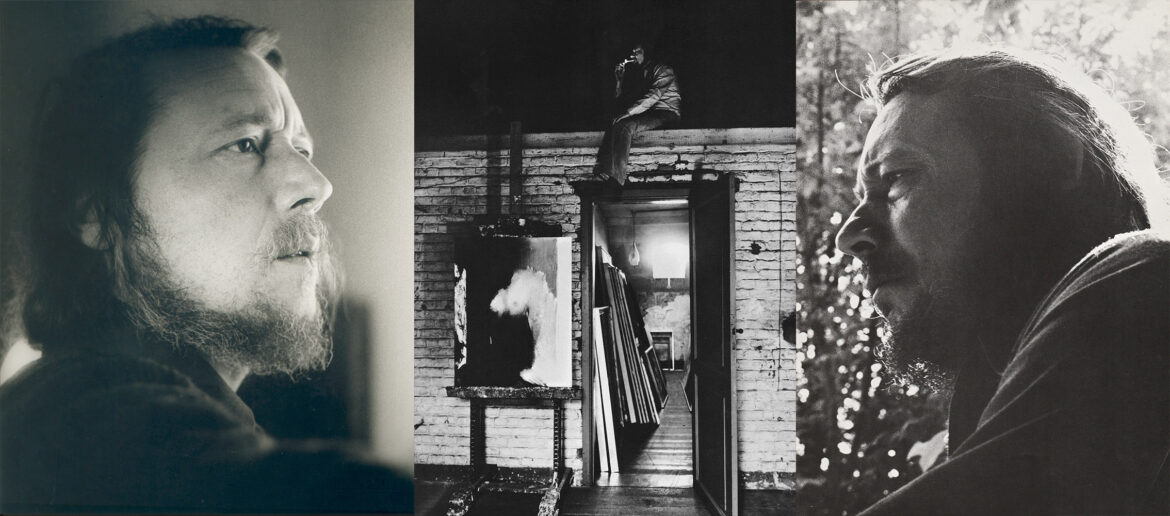HENRI PLAS
17 October 1933, Jette (Brussels) – 28 August 2011, Ixelles (Brussels) Brussels artist, painter and lithographer
– Passionate about drawing since his early childhood, he attended evening drawing classes in Ganshoren from the age of 10-12
– He dropped out of school at the age of 13, in spite of himself, as the family situation was so precarious at the end of the war due to his father’s health problems that he had to support the family alone
– In 1947, at the age of 14, he started working as an apprentice draughtsman in a print shop. He was mainly a handyman, underestimated and, cut off from his friends and the street, he did not flourish during this period
– That same year, he started working as a designer in an advertising agency and enrolled at the Molenbeek Academy. This started his career as a graphic designer in various Brussels studios
– He was an apprentice draughtsman at the “Presses Tilbury” in Ixelles, where he learned to make letters and retouch photos
– At the age of 18, he joined Sabena as a page designer in the advertising department
– He did his 24-month military service in the military police, where he designed recruitment and information brochures
– When he was discharged from Sabena, he was hired as an advertising designer by the advertising firm Van Ypeco, where he made scratch cards and edited the designs of the firm’s creative staff
– Two years later, he was called in as studio art director at McCann Erikson. He designed advertising campaigns for Coca-Cola, Goodyear and British Petroleum, staying there until the 1958 World Fair
– 3 years later, at the age of 26, he was hired as studio manager at Advertising International, an Anglo-American firm
– On 30 July 1955, he married Lucienne Halet, a designer for Femmes d’aujourd’hui
– Birth of their son Thierry on 7 October 1959
– In 1959, in parallel with his work in advertising, he began to paint, aware that he could not fully realise his potential solely by “drawing all sorts of products”.
– His meeting with the painter Jean Boquet was decisive: Plas understood that painting was a necessity for him
– First solo exhibition of drawings in 1962 at the Galerie de L’Escalier in Brussels
– First exhibition of paintings in 1963 at the Galerie de la Madeleine in Brussels
– In 1963, with his wife, he created their own drawing and advertising design studio
– From 1975-1976 to 1979, 3 years without exhibiting: locked up in his new studio on the Chaussée de Vleurgat, he nevertheless painted tirelessly
– In 1984, he stopped his advertising activity and devoted himself entirely to painting
« WHEN I PAINT, I THINK ABOUT LIFE. I MAKE AS MANY DECISIONS THERE AS I DO IN MY PAINTING. SO THAT MY LIVES – MY PAINTING LIFE AND MY LIFE IN GENERAL – EACH END UP BECOMING A WITNESS TO THE BALANCE OF THE OTHER. »
ARTICLE BY JACQUES COLLARD, POURQUOI PAS? MAGAZINE, 1974
| Winner of the Prix Louis Schmidt in 1966 (with the painting Le bateau se meurt) – On 7 January 1967, his work “Destruction” was offered to the winner of the 1966 Union de la Critique Cinématographique (UCC) Prize. In the running and leading the votes: “Les amours d’une blonde” by Milos Forman – Member of the National Committee for Plastic Arts (CNAP) – Artist member of the Provincial Commission for Culture and Fine Arts (Brabant), painting section – Winner of the Anto-Carte Prize in 1970 – “Audio-visual evocation” of the work and life of Henri Plas, projected on 20 November 1970: triple screen mounted at the opening of a personal exhibition in the Albert I Gallery (20 November-2 December 1970) showing Plas’ neighbourhood, the painter at work and paintings, with a voice-over commentary. Film by Belgian filmmaker André Cavens, assisted by J.-P. Godefroid. The press has never seen anything like it; the comments are laudatory – “Audio-visual evocation” projected a second time in Tournai, Halle-aux-Draps, in 1972, for a tribute to André Cavens (deceased) + Henri Plas exhibition – A work by Henri Plas was awarded to Robert Merle, winner of the Franz Hellens Prize 1974 – Member of the Cercle d’Art Artes Bruxellae |
| Public collections: – Cabinet des Estampes (Brussels?) – Artistic heritage of the Province of Brabant – Municipalities of Jette and Etterbeek Works in numerous Belgian and foreign private collections. |

“The paintings of Henri Plas are also intimate landscapes where sensitivity seeks out what it shares with space, air and light. The picturesque is rejected and reality fades before the awareness of the universe”.
Paul Caso, Le Soir, 1963
“All this is felt, deeply, expressed, not literally, but in a way musically, in broad and powerful sensual melodies that work wonders in the strictly pictorial sense.”
L.D. H. (Desprechins), La Libre Belgique, April 1968
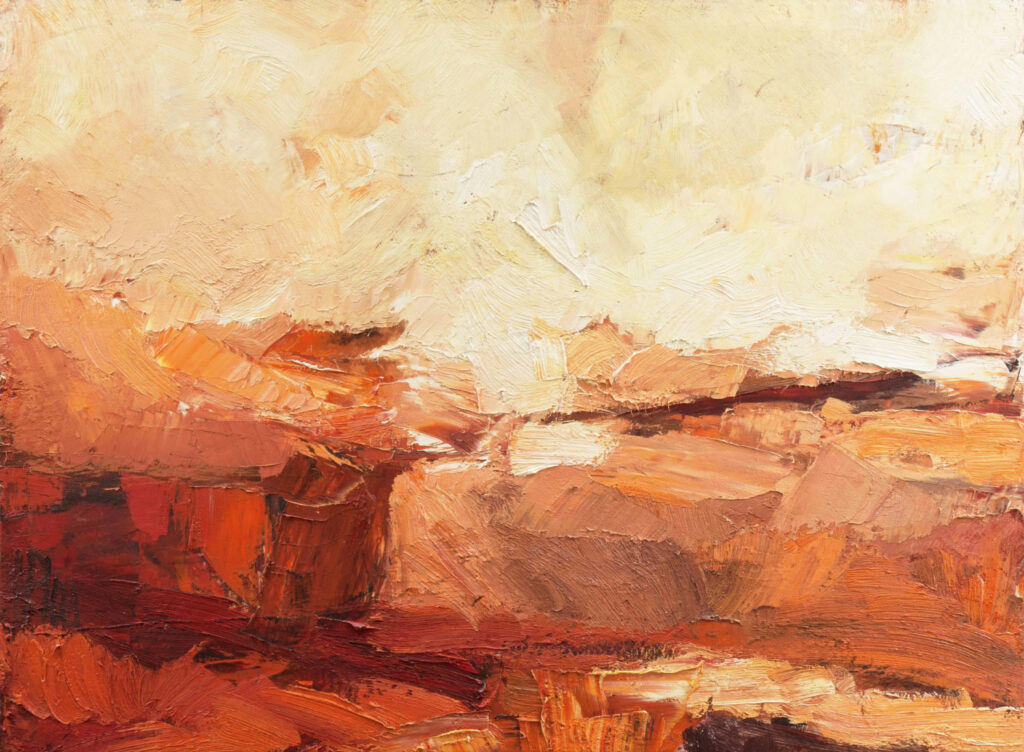

“And what is unprecedented, what opens up new horizons for Henri Plas, is this sudden invasion of the surfaces by characters, faces and suggested bodies of women who fit perfectly into the construction. There is a mysterious element in this experience that makes Henri Plas an inspired alchemist. The human element and the element of earthly forces, in their most sensuous form, are mutually enriched.
Alain Viray, La Dernière Heure, April 1968
“The exaltation is based on tonal, unreal architectures, with the haunting appearance of a monumental femininity associated with the torn curtain, the red veils and the broken mirror. The red screams. But there are tender shades, flashes of silver white, shadows conducive to contemplation and solitude.
Paul Caso, Le Soir, February 1979
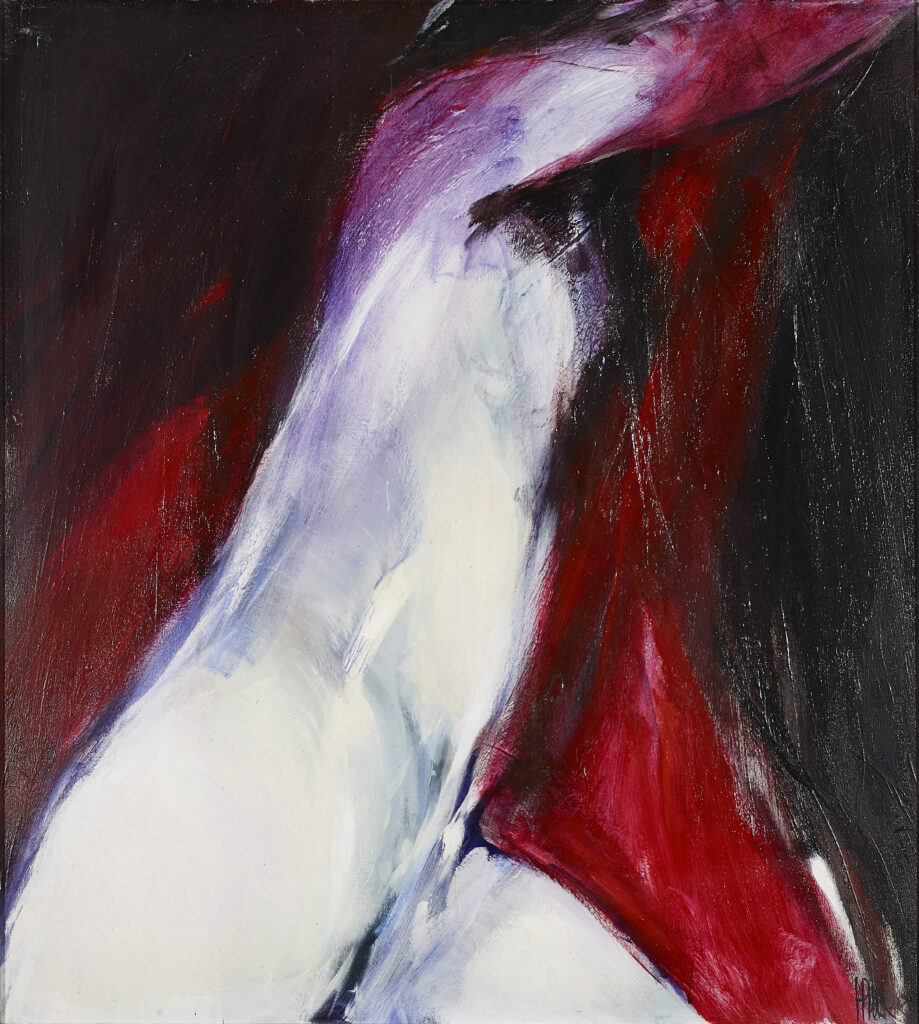

“Certainly, he does not make concessions to the easy way out. He does not flatter the audience with kindly seductions. He is constantly on the brink of the abyss, playing with the raging elements and restrained passion. But we will love this taste for risk, this pride, the way he plays with shivering whites, deep blacks, pathetic reds. Art, therefore, of high standing, serious, thoughtful, heavy with serious emotion and which has the merit of originality and dignity”.
Stéphane Rey, La Libre Belgique, 28 January 1983
“On the one hand, the stone, beautiful in its irregularities and its glimpsed depths. On the other hand, a female body: As I enter the stone to the point of confusion, I feel the resistance of the body. A body that is not that of a desired Eve or a plastic model.”
Guy Gilsoul, invitation to the exhibition at the Galerie Montjoie, April 1990
